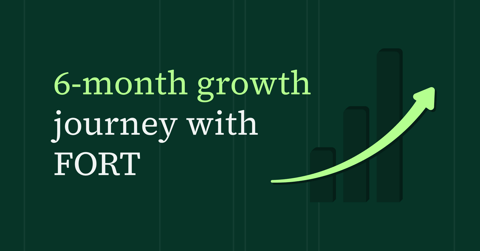Helping B2B companies drive revenue & scale online
We help B2B tech companies communicate better and get more clients online through team alignment, marketing strategy, brand identity, lead gen and brand campaigns. We think marketing should create value for customers and builds long lasting relationships.
WHAT WE DO AND WHY IT WORKS
We’re building a space where amazing people can do their best work as trusted marketing partners so we can support your growth with:
Marketing accelerator program
Use the clarity provided by our growth acceleration marketing program to guide your business exactly where you want it. Picture us as your friendly navigators, steering you toward success with practical steps.
Conversion-driven websites
Our refined process doesn't just build pretty B2B websites; it crafts strategic growth engines. We prioritize your buyer's journey, ensuring a tailored and effective online presence. You’ll get guidance into setting up the best-fit tech stack and onboard easily with your new website.
Audits & consultancy
Tap into our expertise, find answers to most pressing questions and get solutions to identify best fit customers, industry competitors, gaps in marketing, sales, or customer service systems. At the end you'll have a 3-6-12 months action plan to accelerate your growth.
Digital team
Focus on growing your business without increasing your headcount. Get expert digital work done, from design to development tasks implementation, on a simple subscription model – cancel anytime.
PROOF OVER PROMISES
We’re building a space where amazing people can do their best work as trusted marketing partners so we can support your growth with:
-
Stoica team never ceases to amaze me, even after collaborating for almost a year. They are an awesome team, enthusiastic about marketing, growth driven websites, and continuous improvement.

Roxana Radu
Communication Manager, The Synergist
-
Stoica provided outstanding services and valuable feedback. Their expertise and professionalism were beyond satisfactory. We highly recommend their services for any marketing needs.

Christy McHan
Marketing Principal
-
Very professional team, I highly recommend. Got a genuine advise about my business needs without pushing for collaboration. Very open and useful first call with a pragmatic and transparent attitude towards the next steps. Thank you, Andrei

Geanina Lacraru
Director
SOME OF OUR AMAZING PARTNERS



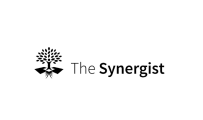
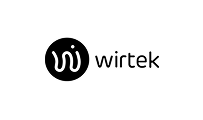


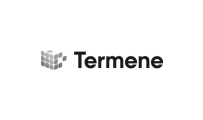
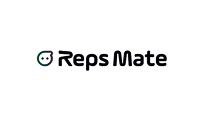
WHAT WE DO AND WHY IT WORKS
Stories from the frontlines
Your Next Big Win Starts With a Conversation.
Let’s build a website that finally drives revenue for your company, not another pretty version of your current one. We’re using our tried and tested process to create a website focused on your buyer’s journey and needs.
